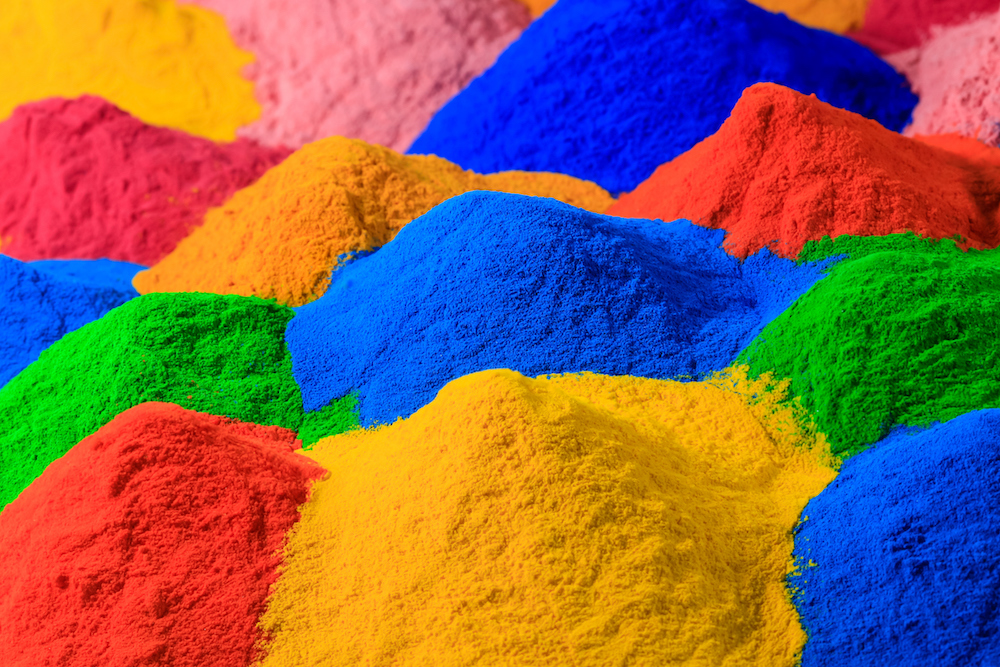
Powder Coating vs. Liquid Painting: A Comprehensive Comparison
When it comes to surface finishing, two popular methods are often considered: powder coating and liquid painting. Both options offer their own set of benefits and drawbacks, making them ideal for various applications. In this post, we’ll explore both techniques to help you determine which one is the right fit for your project.
What is Powder Coating?
Powder coating is a color-finishing technique where dry powder, rather than liquid paint, is used to coat surfaces. The powder, made from ingredients such as acrylic, polyester, epoxy, and polyurethane, is applied using spray tools and then heated to create a durable, thick, and consistent finish. Unlike spray paint, which can result in uneven coatings, powder coating provides a smooth, solid surface that is more resilient and long-lasting.
Powder coating is most commonly used on various household items and appliances like stoves, refrigerators, and furniture. It is also increasingly used in the automotive industry. The process can be performed using either thermoplastics or thermosets, with the former relying on heat alone and the latter involving chemical additives.
Advantages of Powder Coating:
- Durability: One of the standout features of powder coating is its superior durability. The cured finish is much thicker than that of liquid paint, providing enhanced resistance to chipping, scratching, fading, and general wear and tear. This makes it an excellent choice for high-traffic areas and outdoor applications.
- Environmentally Friendly: Powder coating is a more eco-friendly option compared to liquid paint. It contains no solvents and emits virtually no volatile organic compounds (VOCs), making it a safer choice for the environment and workers.
- Efficiency: Powder coating allows for the reuse of overspray, minimizing waste. Additionally, it requires fewer coats to achieve a uniform finish, which can save time and reduce material costs.
- Variety of Finishes: Powder coating can produce a wide range of textures and finishes, from matte to glossy, and even metallic or candy-colored effects, offering significant design flexibility.
Drawbacks of Powder Coating:
- Initial Cost: The equipment and setup costs for powder coating can be higher than those for liquid painting, particularly for small-scale operations.
- Thickness Control: Achieving very thin coatings with powder can be challenging, which might be a limitation for applications requiring precision.
- Limited Substrates: While powder coating is ideal for metal surfaces, it’s not suitable for heat-sensitive materials like plastics or wood due to the high curing temperatures required.
What is Liquid Painting?
Liquid painting, also known as wet painting, is the traditional method where paint is applied to a surface using a spray gun, brush, or roller. The paint is a liquid mixture of pigments, solvents, and binders that dries to form a solid film.
Advantages of Liquid Painting:
- Flexibility in Application: Liquid paint can be applied to a wider variety of surfaces, including metals, plastics, and wood. It’s particularly useful for materials that cannot withstand the heat required for powder coating.
- Color and Finish Range: Liquid paints are available in virtually any color and can achieve various finishes, from matte to high gloss. Custom colors and effects are also more easily achievable with liquid paint.
- Lower Initial Costs: The setup for liquid painting is generally less expensive than powder coating, making it more accessible for smaller operations or short-run jobs.
Drawbacks of Liquid Painting:
- Durability: Liquid paint finishes are typically less durable than powder coatings. They are more prone to chipping, scratching, and fading, especially in harsh environments.
- Environmental Impact: Traditional liquid paints often contain solvents that release VOCs into the atmosphere during application and drying, contributing to air pollution and posing health risks.
- Waste and Overspray: Liquid painting can result in high volumes of waste due to overspray, which is difficult to reclaim. This inefficiency can lead to increased material costs and more environmental waste.
Paint vs. Powder Coating: Which Is Better?
When choosing between powder coating and liquid painting, consider the following:
- Cost Efficiency: Powder coating is more efficient, with less waste and the ability to reuse excess powder. However, the upfront costs for powder coating equipment are higher. Liquid painting remains more cost-effective for small-scale projects or when working with heat-sensitive materials.
- Safety: Powder coating is safer, as it is free from the toxins found in spray paint.
- Environmental Impact: Powder coating is more environmentally friendly, producing fewer emissions and waste. Liquid painting, while versatile, often has a higher environmental cost.
- Durability: Powder coating offers superior durability, making it ideal for surfaces exposed to harsh conditions. Its thicker, more resilient finish offers better protection against physical and environmental damage compared to liquid paint.
- Color Flexibility: While both methods offer a broad range of colors and finishes, liquid paint offers more color matching, making it easier to achieve specific hues.
- Equipment Requirements: Powder coating requires more specialized equipment, making it less accessible for smaller operations.
Conclusion: Choosing the Right Finish for Your Project
The decision between powder coating and liquid painting should be based on the specific requirements of your project. If durability, environmental impact, and long-term cost-effectiveness are your primary concerns, powder coating is the better choice. However, if you’re working with a variety of materials, need specific custom colors, or are operating on a smaller scale, liquid painting may be more suitable.